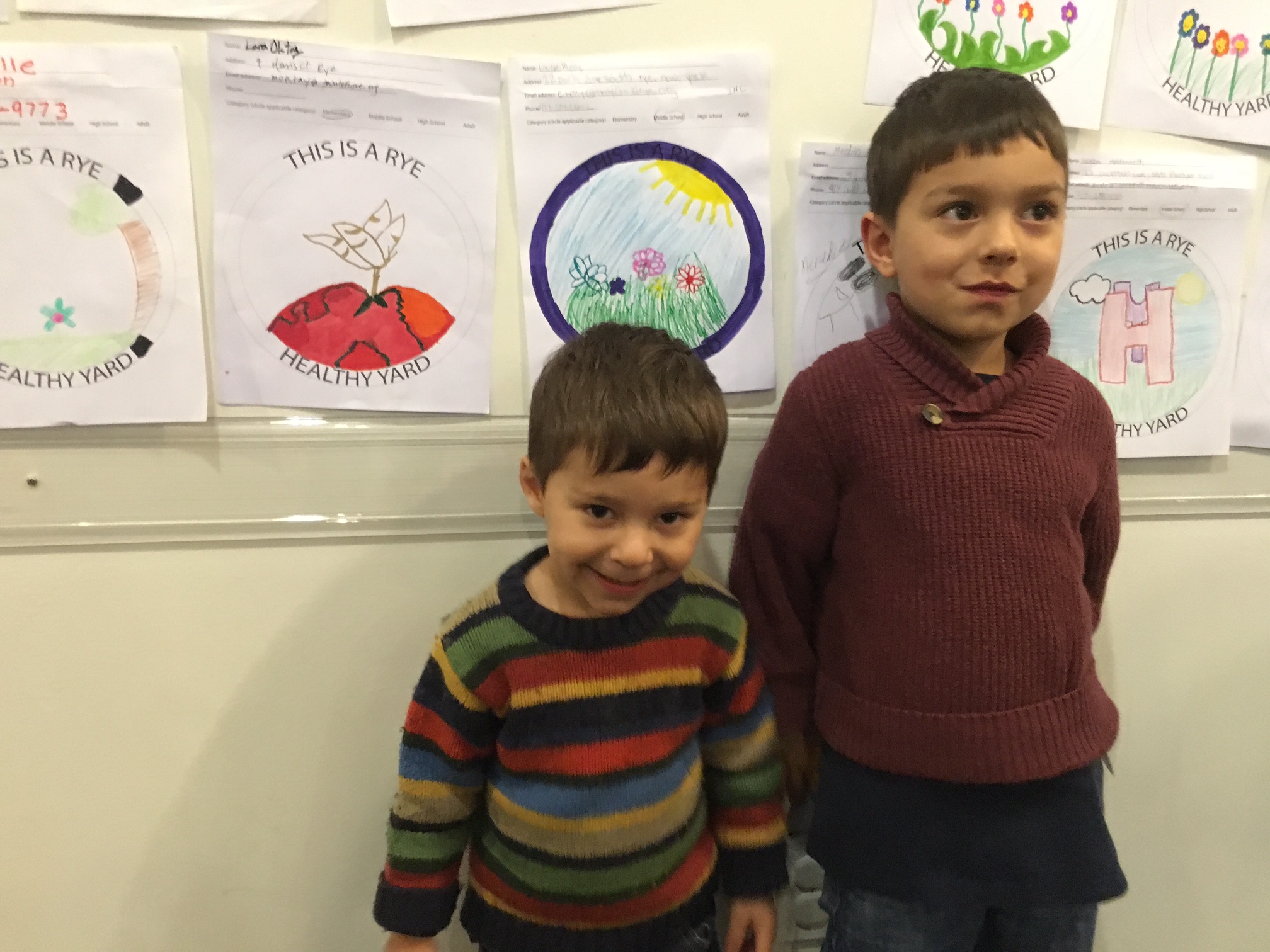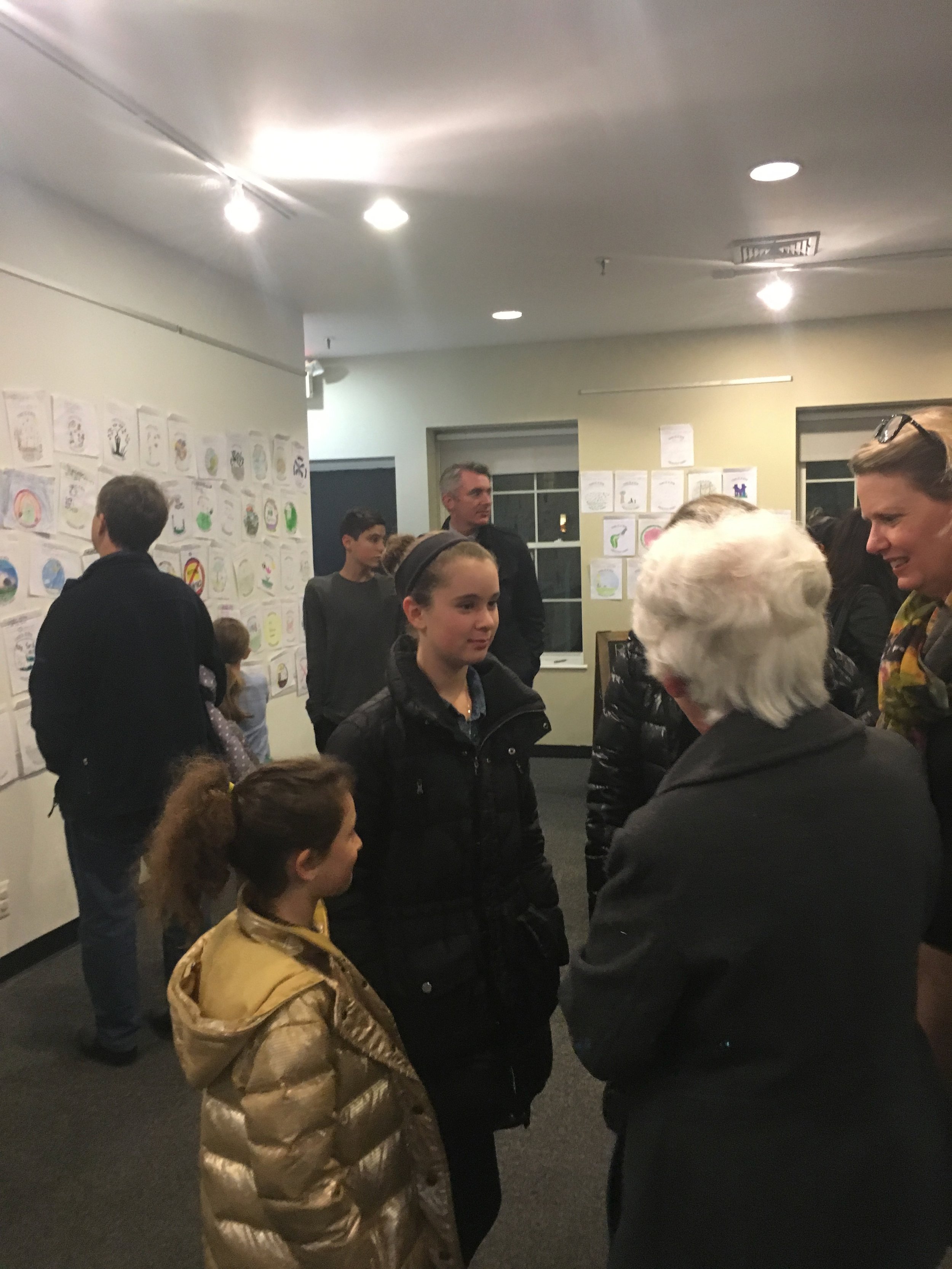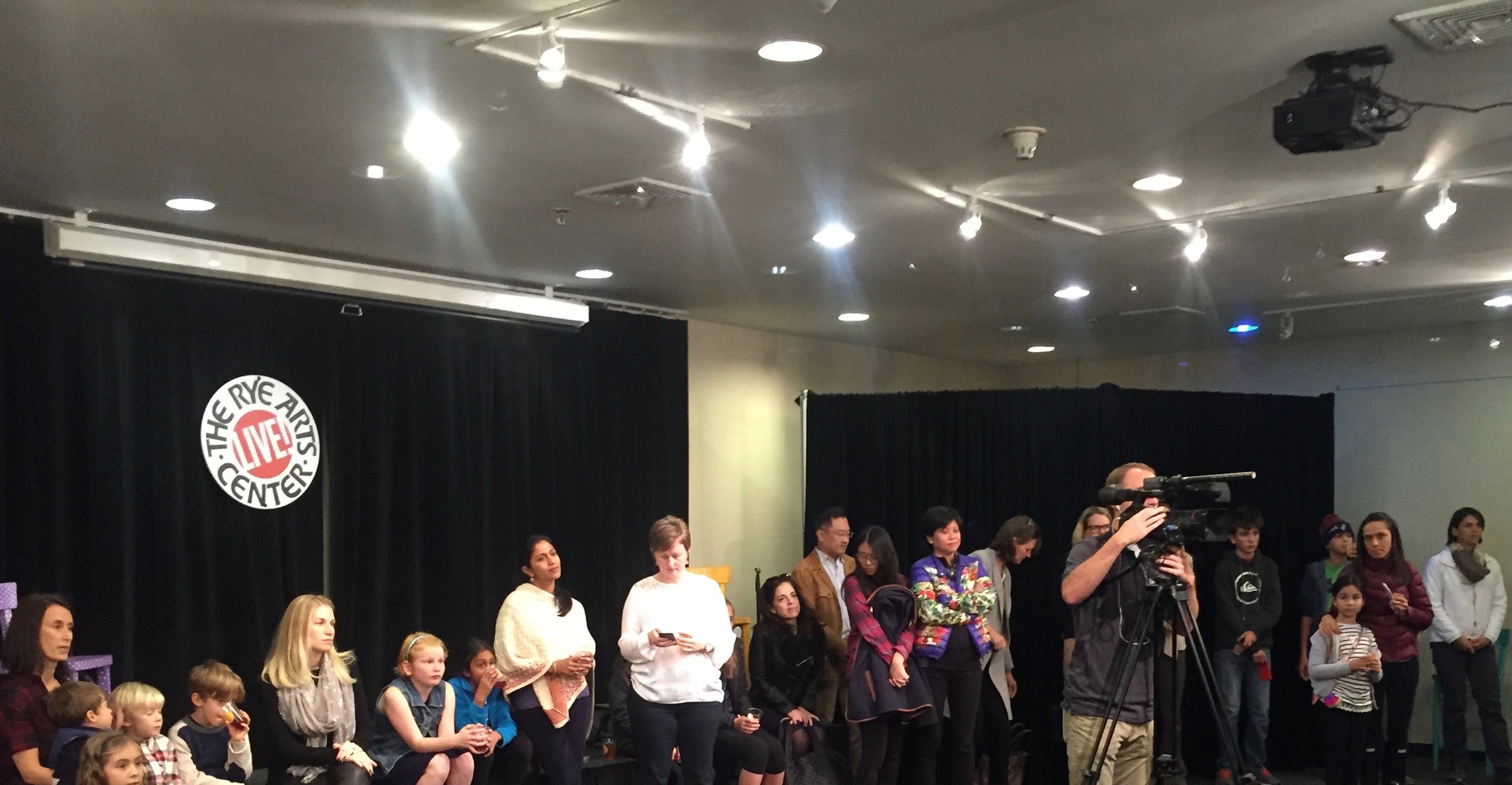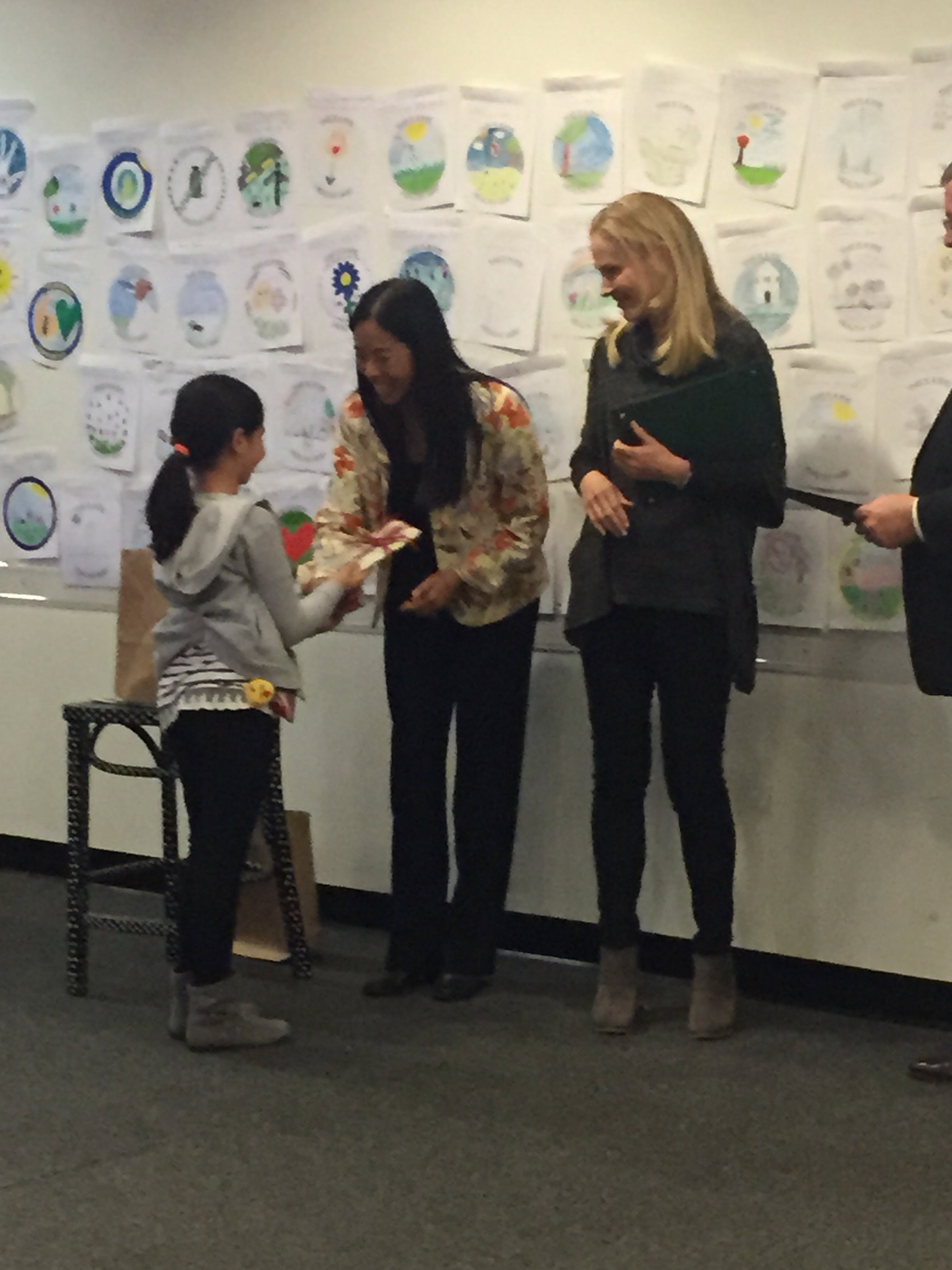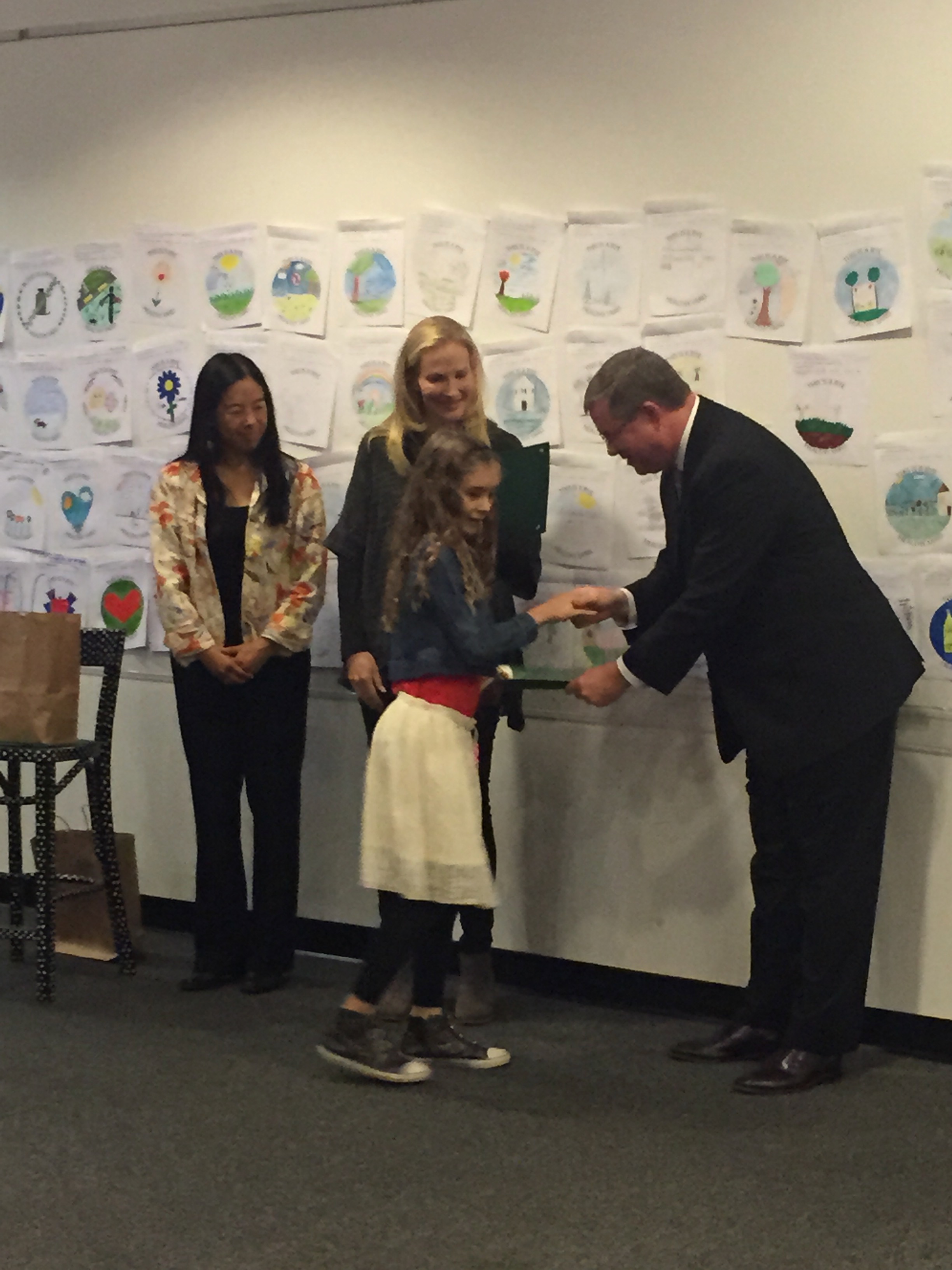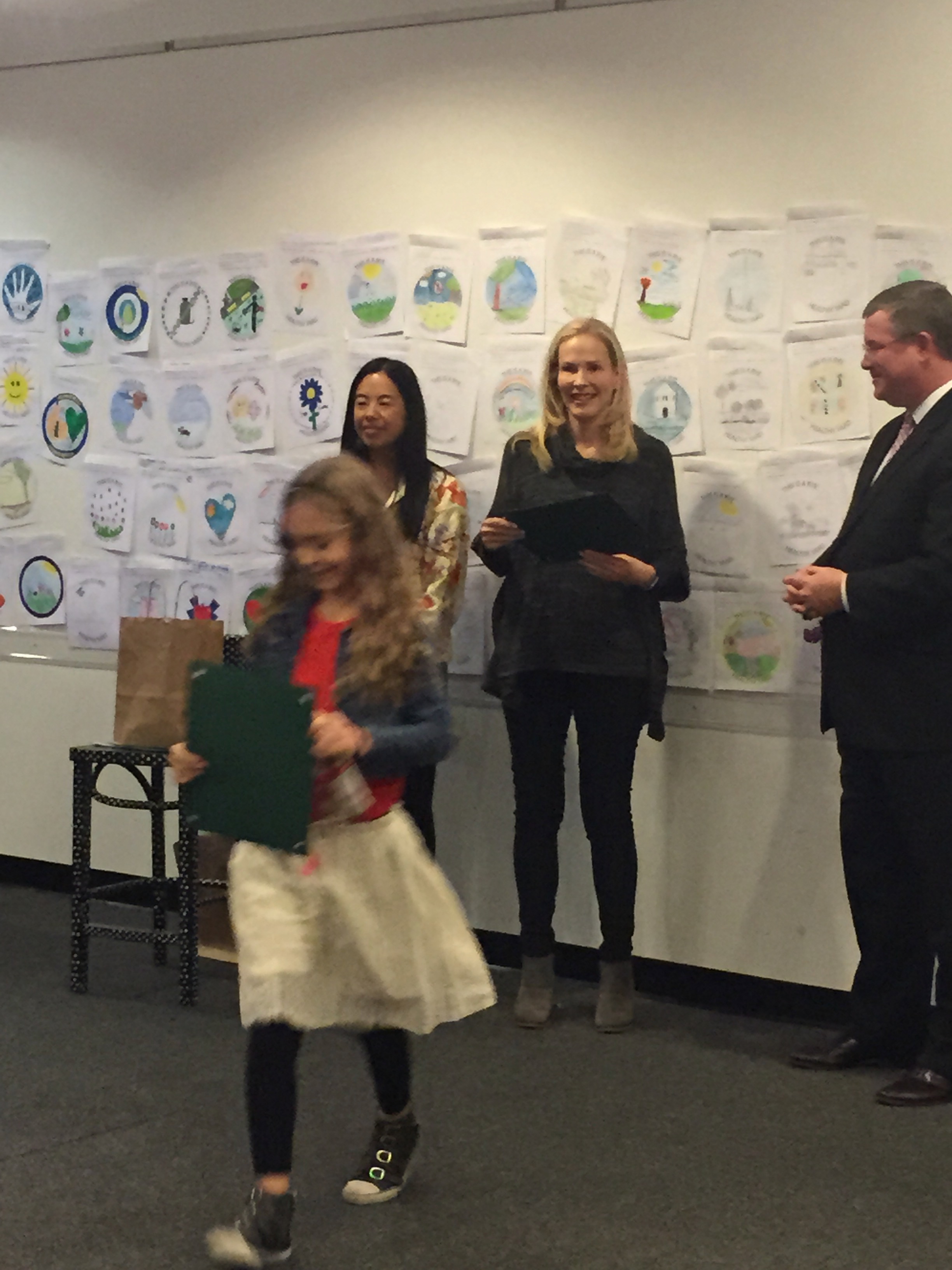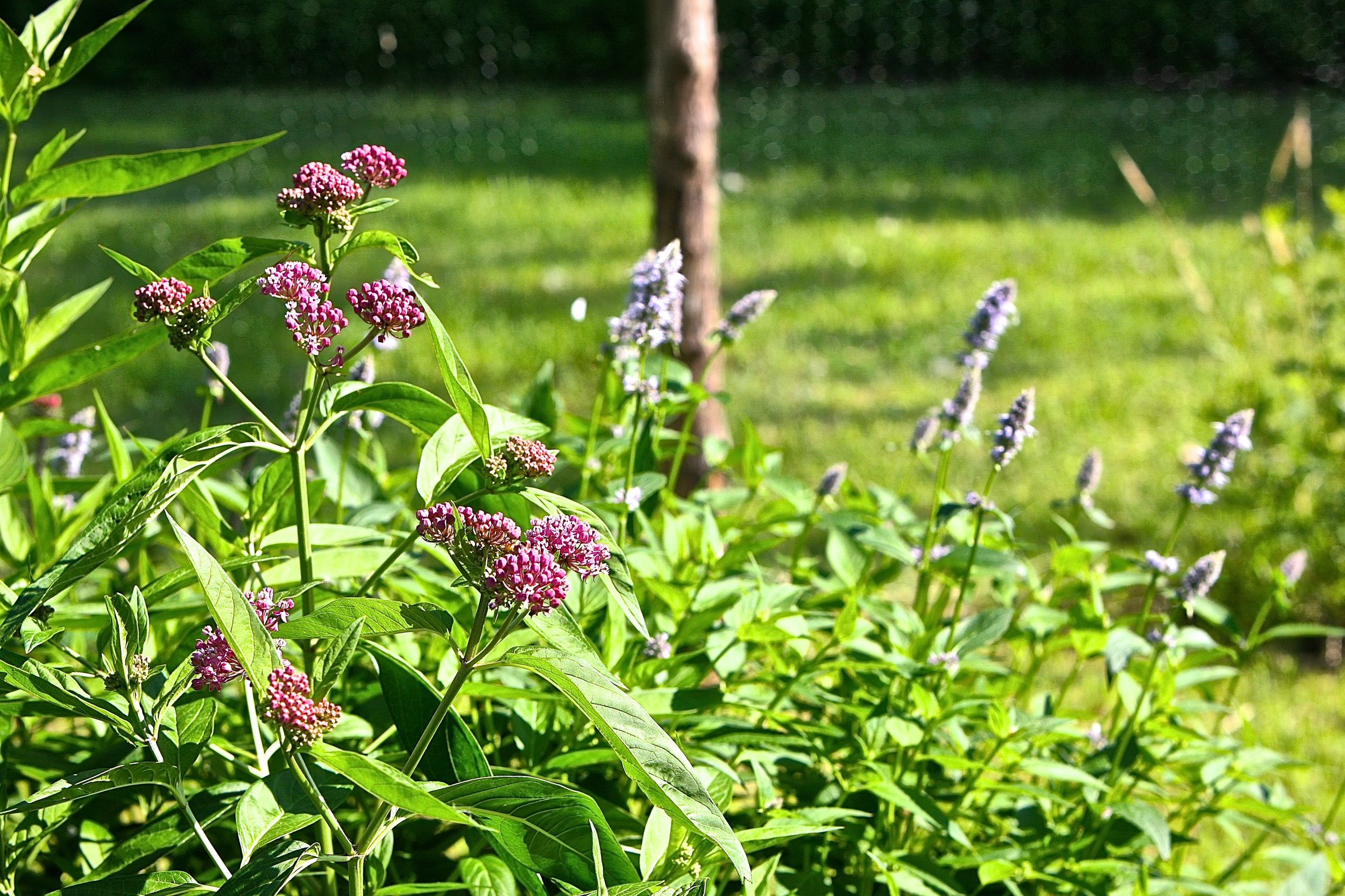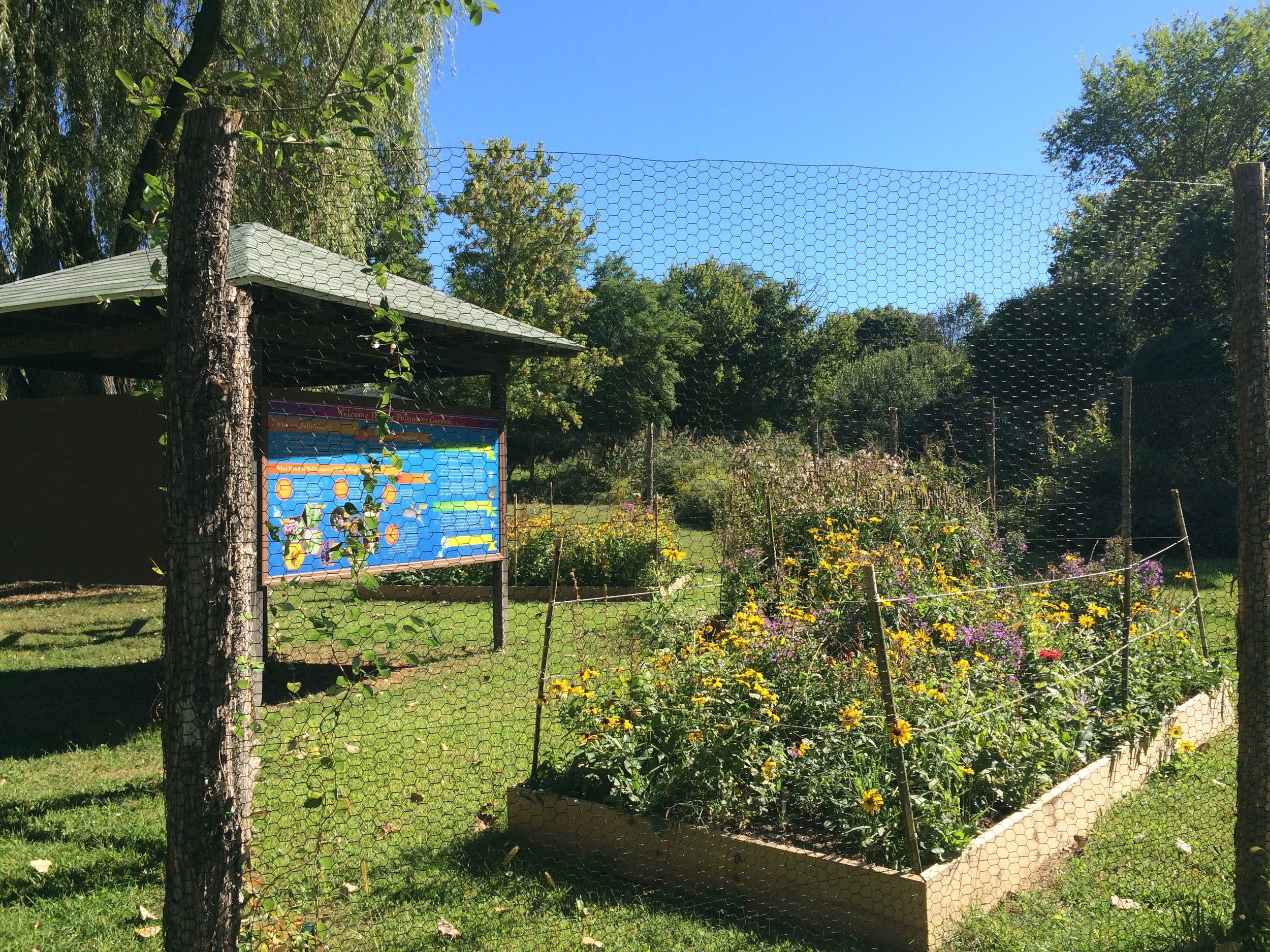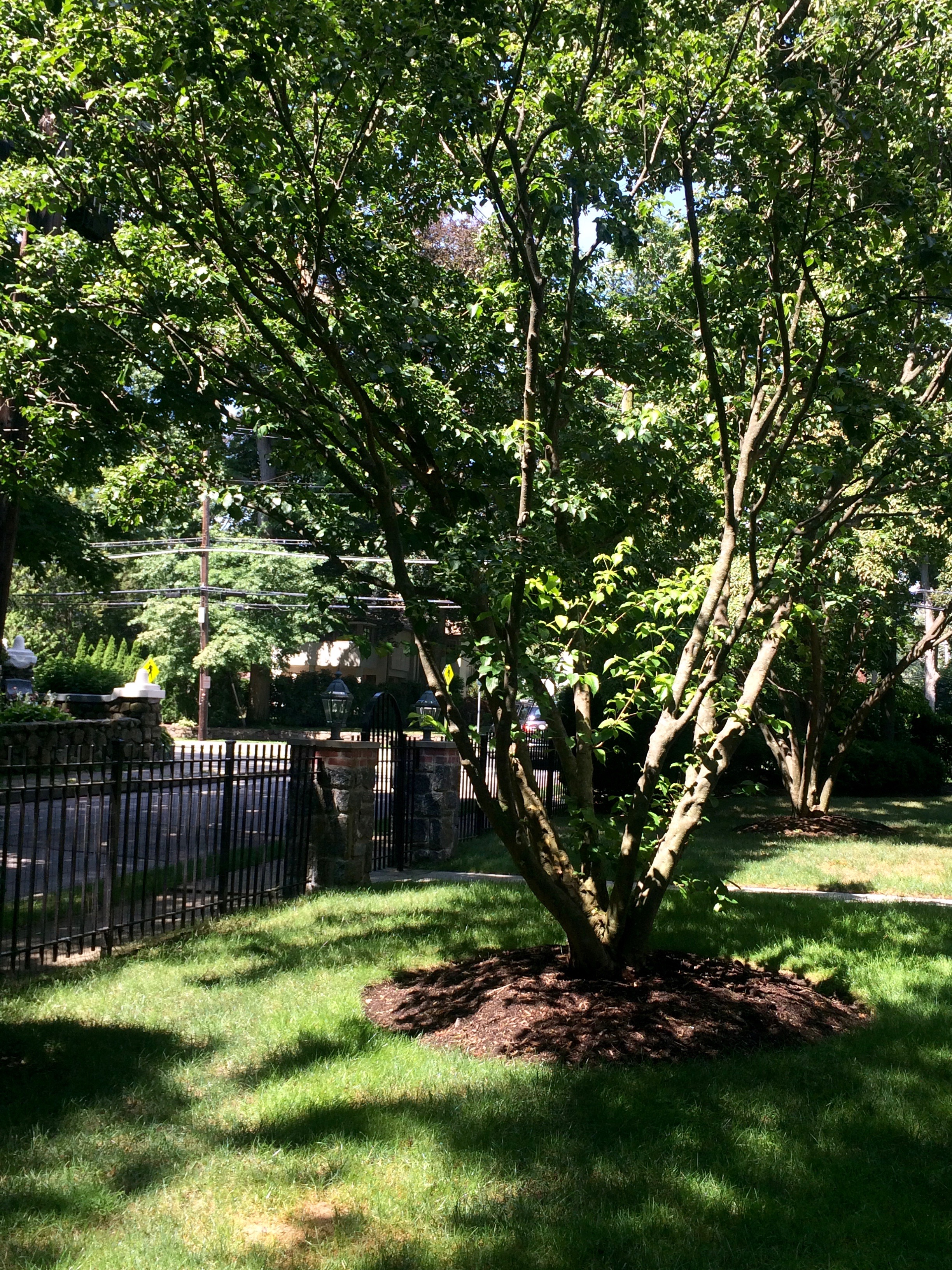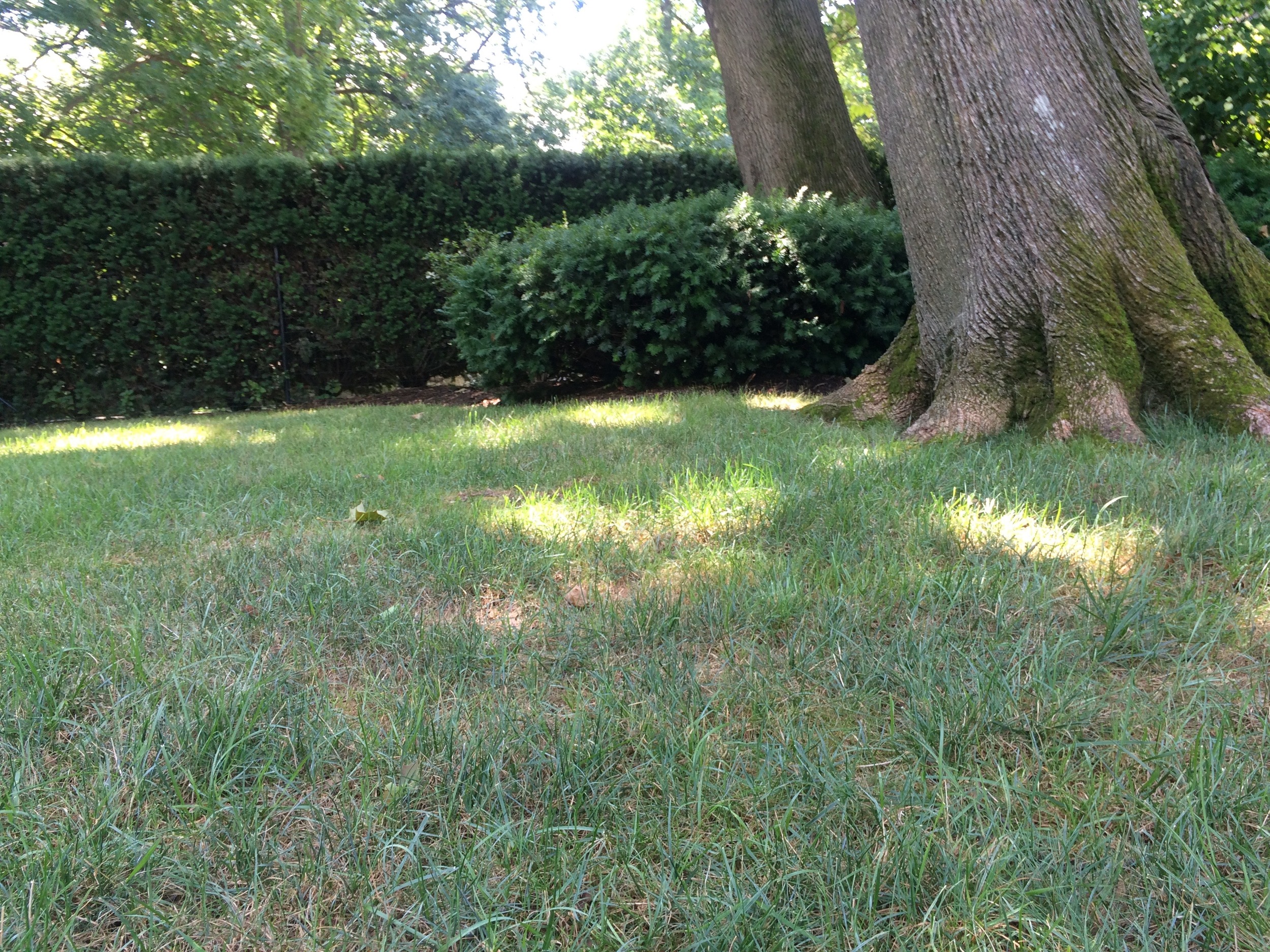In New York City, Mayor Bill de Blasio has committed NYC to an 80% reduction of greenhouse gases by 2050 and has invested more money in solar of any city in the country. Currently, NYC has 8.8 MW of solar energy installed, with 35 schools having installed rooftop solar. The ultimate goal is to generate up to 100 MW of solar from city properties by 2025. Many of these solar projects should be eligible for NYSERDA’s NY-Sun Community Distributed Generation initiative status, where renters, businesses, schools, and homeowners become members in a project and share the solar electricity produced, thereby getting credits on their utility bills.
A case study in Solar
Besides NYC, an exciting solar project in Western New York is about to break ground. The project is located in the town of Tonawanda, NY, just outside Buffalo. Their town of 75,000 people has limited resources, and with municipal electric bills totaling $4 million per year, Tonawanda welcomed a cost-saving solution. The Town has recently signed a Power Purchase Agreement (PPA) with SolarCity, which will build, own and operate an 8500 solar panel array over 10 acres on Tonawanda's capped landfill, at no cost to the Town. Savings are estimated at approximately $4 million over four years. If all goes according to schedule, construction will take place October through December of 2016, and the project will be operational by February 2017. You can read more about the project here.
Battery Storage and Microgrids
The importance of advancements in solar technology was also addressed at the Summit, with discussions of battery storage and microgrids.
Storing solar energy in batteries for later use has progressed from “can it be done?” to “when will it be available?” Storage technology is currently where solar was ten years ago but is advancing at a very rapid pace. Companies such as Tesla, Sunverge, and Sonnen are working with utility companies to integrate solar and storage. As a pilot project, Con Edison will outfit 300 homes in Brooklyn and Queens with leased high-efficiency solar panels and lithium-ion battery energy storage systems.
Creating microgrids in NY State that use solar or other renewable energy sources, as well as stored conventional electricity, is essential when addressing the need for resiliency, especially in areas where hurricanes and ice storms disrupt electricity. “A microgrid is a discrete energy system consisting of distributed energy sources (including demand management, storage, and generation) and loads capable of operating in parallel with, or independently from, the main power grid”. As of April 2016, New York was the first in the nation to administer a microgrid award competition: “Governor Andrew M. Cuomo today announced the next phase of the 40 million NY Prize microgrid competition which seeks to modernize New York State’s electric grid, help communities reduce costs, and promote clean energy. The next round of funding will provide $8 million in awards for engineering designs and business plans for community microgrids to ensure local power networks can operate independently during emergencies or outages.”
The New York Solar Summit was an inspiring day, filled with lively discussions, optimism and pride in the progress New York State has made and continues to make in its commitment to solar energy as a realistic, affordable renewable energy source.














